I realize I may be talking to a very small group of people in this article, but I thought it was worth writing anyway. Most people enter BFX with that elusive third lap in mind. They are looking to get through three laps of some of the roughest obstacles in OCR. Fifteen miles and around 75 obstacles are no joke and anyone that walks away from a BFX event clutching that big black X of their newest medal with three stars on their ribbon should be proud.
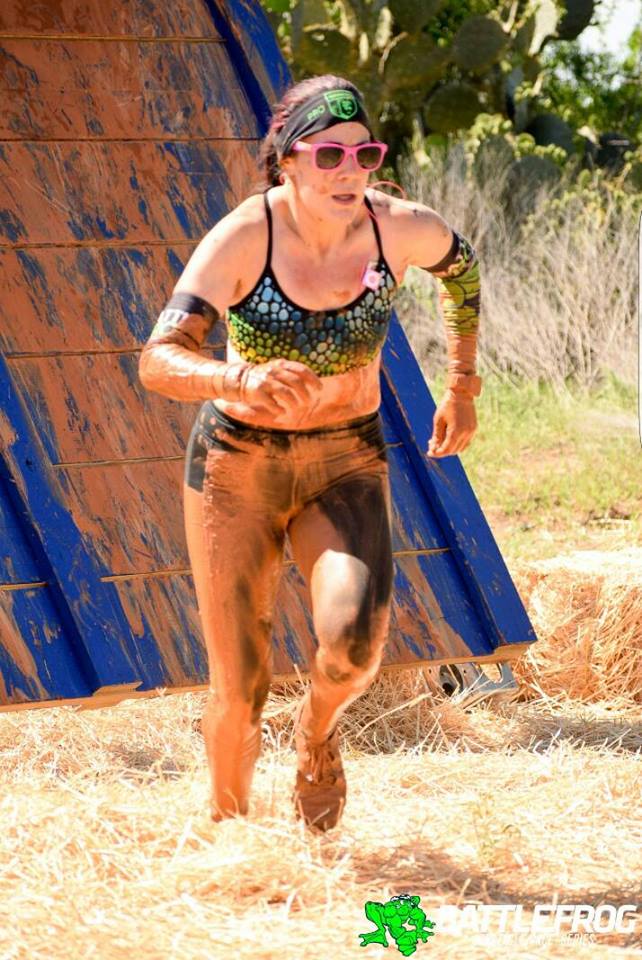
Conquer The Gauntlet Pro Team member Christina Armstrong on her way to a BFX win in preparation for WTM 2016.
Although OCR is a fairly niche sport, within the niche there is an even smaller niche…Ultra-OCR. The combination of two extremes. Ultra-distance running, generally recognized at running anything more than 26.2 miles in a race and OCR, according to some itself is already extreme even its short variants. I consider ultra-OCR any event lasting longer than five hours for the winner, which means thinks like BFX, Shale Hell (8 hr and 24 hr variants), Australia’s True Grit Enduro 24, World’s Toughest Mudder and Spartan Ultra-Beast. Why five hours? If you have ever actually jogged/run a marathon without walk breaks, it should take less than five hours. Events like Spartan Beast (too short), Agoge (not an OCR but an ASE) and SISU Iron (also ASE) would not qualify as Ultra-OCR, although I do think BFX can help build mental fortitude that can be used for events like this.
If you have been following me on social media or read my articles on Mud Run Guide, you may have noticed I did an obscene amount of BattleFrog Xtreme events in one month. For three Saturday’s in April I spent 6.5-8 hours running through BattleFrog’s obstacles. I did it not to try and win all the tridents….but used them primarily for training. Which brings up the questions, can you and should you use BFX for training?
The answer is yes you can use BFX for training, but there are some caveats. The most common reasons to use BFX as a training event is if your goal is aligned with one of the following three reasons:
Goal 1: Training for Ultra-OCR:
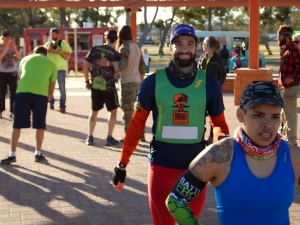
Dr. Red Tights Wesley Kerr rocking his Green WTM Sprint lap bib at BFX.
The first and obvious reason you would use a BFX for training is preparation for Ultra- OCR events like World’s Toughest Mudder, BFX24, 24 hours of Shale Hell and for me, OCR America. (Sign up now…the event starts in less than two weeks and LASTCHANCE gives 50% off registration)
Positives:
The obstacles are BattleFrog are hard and provide an awesome challenge. These harder difficulty obstacles will make some of the other ultra-OCR event obstacles seem very easy (with the exception of Shale Hell). It presents a great opportunity to practice fueling, race apparel and tactics.
Negatives:
The stress that hanging from your hands for extending periods puts a lot of stress on your joints. After multi-lapping a Tough Mudder, my legs are typically the sorest part of my body. After BFX events my back is usually the sorest and most damaging, my actual joints hurt (you can only spend so long hanging before you end up in full lock out position). Continuing to attempt hard obstacles can sometimes lead to injury (i.e. falling from the rig, slipping climbing over a 12 foot wall).
Goal 2: Elite BattleFrog Improvement:
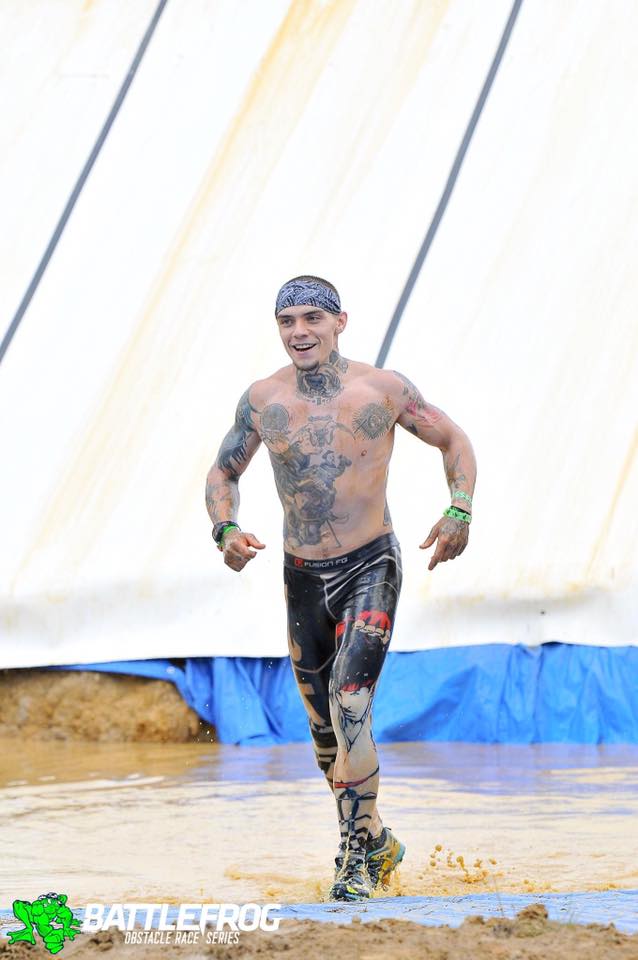
Multiple time BFX winner and ultra-OCR athlete Michael Bell has his sights set on a strong finish at WTM this year.
If you normally run 4-7 laps of BattleFrog events for BFX, then when you only have to run two for BF Elite, it seems much easier.
Positives:
Creates a strong mental history of experiences. If you can get through this obstacle five times in a BFX, surely you can get through it twice in an Elite race. It condenses practice into a single session. Just like baseball players do batting practice, multi-lapping BF events creates stronger neurological pathways and repetitions for completing obstacles. If you win you get one of the best winning trophies in all of OCR…the trident.
Negatives:
Must have the endurance base where the BFX event will not destroy your body for weeks but instead only requires a brief recovery so you can continue with normal training OR it must be scheduled far enough out where several weeks of recovery will not effect your training. There are no cash prizes for winning or reaching top three.
Goal 3: General Aerobic Training for All OCR:
Finding a place where you can run for a long time and complete obstacles can be a pain in the butt, unless you like running laps around your local
playground for three hours. BFX provides a great training environment for this. No one says you have to run all six and a half hours non-stop. You can always run a lap, relax for a little while, run one more, relax and then finish it off to earn your medal.
Positives:
Large variety of obstacles that are both hard and easy. Pit area for keeping food and water stations on the course means you do not have to go stash “drop bags” in the woods prior to training.
Negatives:
You need to hold back on BFX day because this is a training event, not a race. This prevents you doing significant damage to your body so you can still train normally.
So how do you know if you should use BFX for training? If your goals align with one of these three things it is a good idea. However, the caveats involve large amounts of aerobic training preceding your BFX event and you purposely holding back slightly on race day, which prevents the extensive recovery period that follows all out racing (remember it is training not a race). If you try incorporating BFX into your normal training schedule but need two weeks to recover, you may have been better off just continuing along your normal training plan and running a different event for training. If you are willing to put in the training before hand and keep something in the take on event day while looking to prepare for other events, then BFX for training may be for you.
All pictures courtesy of BattleFrog
Disclaimer: The viewpoints expressed by the authors do not necessarily reflect the opinions, viewpoints and official policies of Mud Run Guide LLC, or their staff. The comments posted on this Website are solely the opinions of the posters.
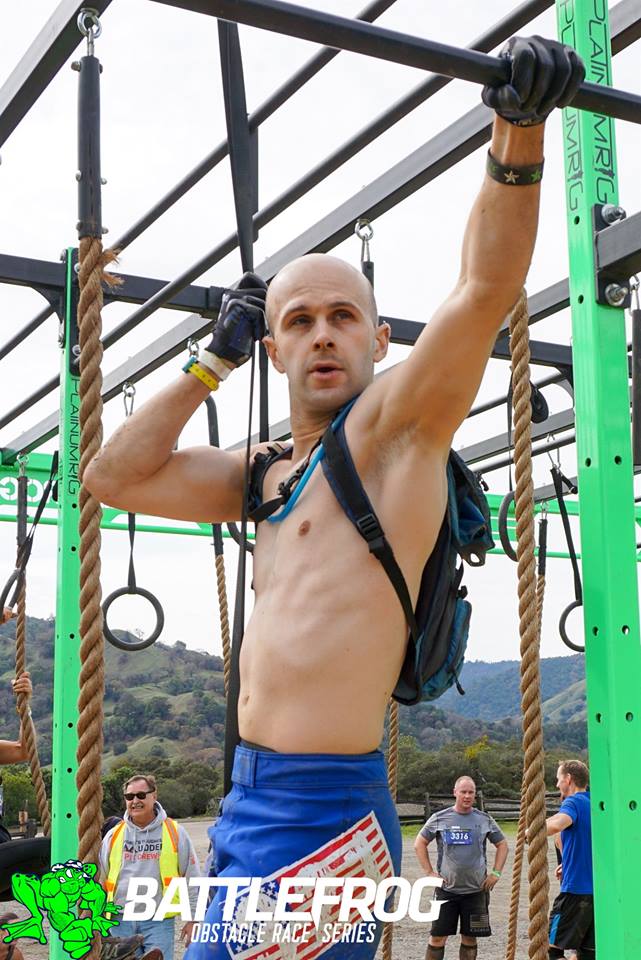
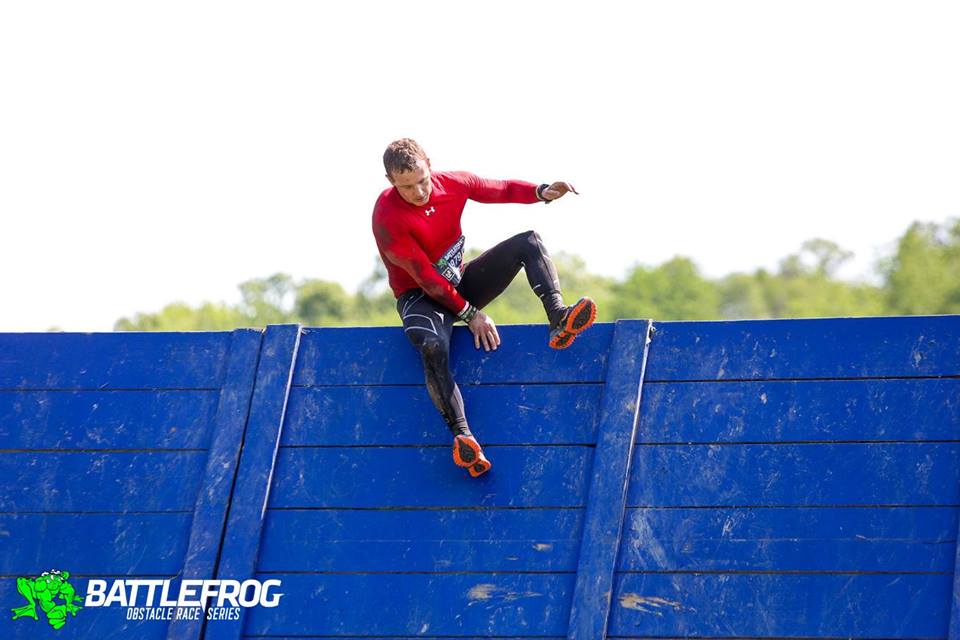
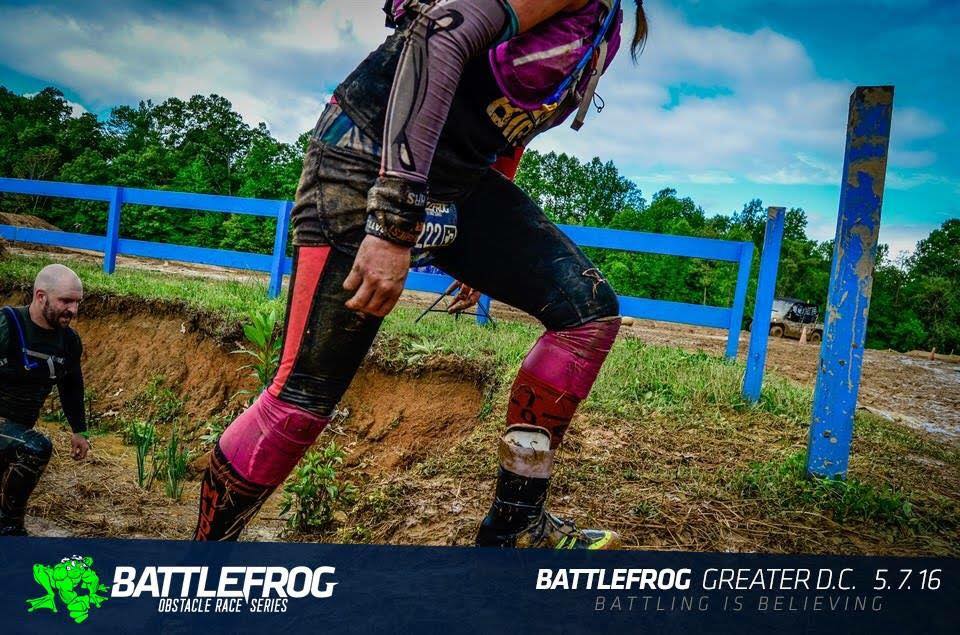
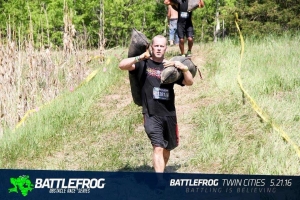
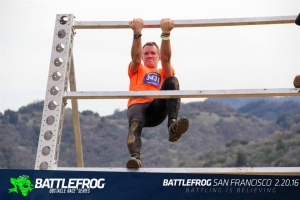
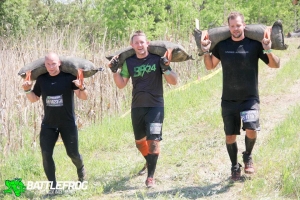
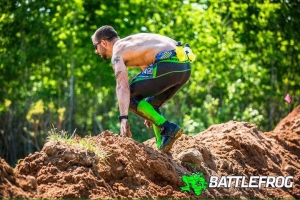

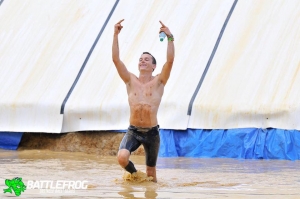


Leave A Comment